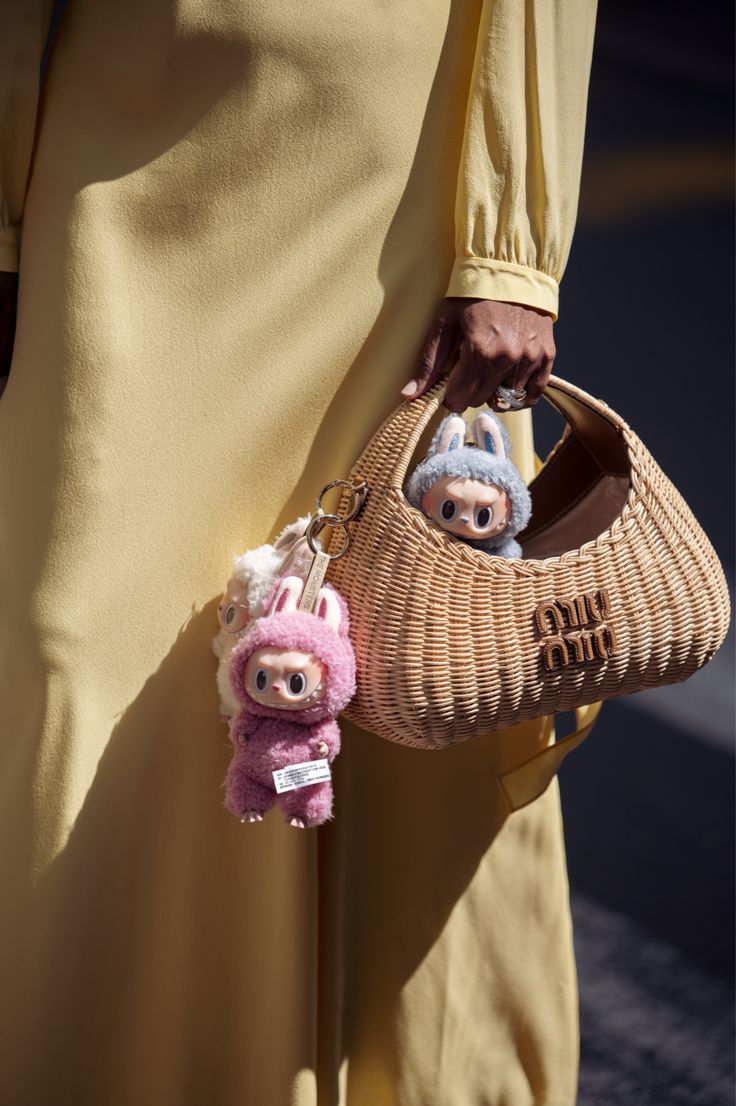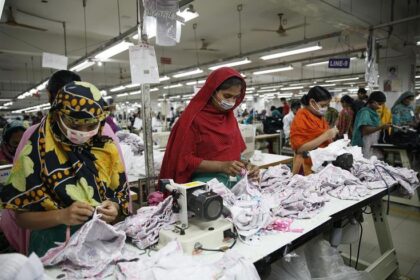Women, lifelong victims of partiality, can’t seem to break free from it. Everything has to be just and equal—until it comes from anywhere outside Europe or the US. Until it’s bigger than a 24-inch waist. Until it dares to bow to anything other than its self-proclaimed superior identities. You may ask, what if any of the above happens? Well, simple—it’s cancelled. In fact, worse: blatantly ignored. Like it had no meaning or reason to ever exist. Fashion, once a way for women to embody individuality, to protest, and to empower, is expected to conform to 1950s Vogue beauty standards. Fashion—at its root, an expression of freedom—is now categorised into “smash” or “pass” based on limited standards.
A glimpse into the double standards
The “west=best” still dominates our world, and mind you, it’s 2025. When Hailey Bieber came out with her Rhode lip balm phone case, the internet was briefly divided. But soon enough, everyone not only accepted it but also began promoting it—to the point of calling it “a need”—because ”they were obsessed. For a moment, it felt like we were playing a How to Waste Your Money in the Worst Way Possible game, but oh no, it’s just simple girl math: if it comes from the white, the purchase is always right. One frenzy that is foreign to none is the cult of Labubus. Celebrities may be able to afford such treats, but surprisingly, it’s not just them contributing to their rise. Every day, Labubu stores see long queues of people ready to spend $30—if not more—on an immature and unappealing micro trend. Luxury handbags from Louis Vuitton and Gucci, fashion houses known for their elegance and timelessness, have their items tainted by a—not even pretty—doll? Oh, but my apologies, who knows about fashion better than the white people? If they pass it, then it’s a pass. No questions asked.
Copyright? Just rephrase it.
Well, what happens when fashion created as art—bold, confident, and experimental—starts turning heads? You can’t disagree; it has an element to it. But you must not agree either! So, what happens is subtle repainting, taking away nothing from the original except its name and history. Shalwar Kameez, a traditional Pakistani outfit, was unapologetically relabelled as a Scandinavian outfit. The brown community took it lightly, but should this disrespect be disregarded? Cultural appropriation is a very big deal for the world, but when it comes to East Asians, it’s somehow considered cool. Soon, long dresses with scarves held in place of dupattas started gaining attention on TikTok, and everybody went nuts over how coquette and old money core they were. Under the coats of paint, there is a need to know where the ethnic wear came from.
For this next one, brace yourself. It’s no news to anybody—the hijab bans in France and the discrimination Muslim women face for their choice of clothing, which shouldn’t be anybody’s business in the first place, let alone something to legislate. So, Islam’s sworn discriminator, Europe—also host to the capitals of fashion—had its luxury fashion houses like Miu Miu and Jacquemus launch something called a balaclava on their runways. A balaclava is a headpiece that goes down to the neck, usually covering both the face and the head, with an opening for the eyes. The hijab is seen as a symbol of oppression and illiberality, whereas a balaclava with a “Made in Europe” tag is hailed as bold and chic. The difference? There is none. But when you run out of new ideas and take inspiration from other cultures, accepting their originality is out of the question. Name and shame in public, then put out the same thing—barely repackaged—because after all, Parisian elegance can’t possibly coexist with religious expression, right?
Body positivity all the way, but not fashion, because it’s on the runway.
A trend called “Legging Legs” trended on social media, which was about having long, lean legs with a thigh gap and wearing leggings to flaunt the way they fit on this ideal type of legs. Why it went viral is questionable enough, but the way it was responded to was even surprising. Sweatpants—modest, comfortable, and accessible—were dismissed as boring loungewear. Leggings, meanwhile, were called cute—because why wouldn’t they? Everything that fits a Barbie is pretty. The human aspect has long been removed from fashion, or maybe not, as long as the human is presentable.
The Compass Points Where We Go
Black people are known for the extravagance in their culture. The colourful, artistic, and expressive prints on their garments signify their beliefs, resilience, and blessings woven into clothes that, to them, are more than clothes to style. As their attire keeps up with the modern world, it is usually just the Western outfit with important colours incorporated. Their hairstyles reflect resistance and survival at the time of the slave trade. When culture holds all these depths, what would happen when suddenly minimalism and pastels become the new cool? All the stories and rituals that once lived thanks to fashion are drained away because an appealing appearance outweighs history. The idea of looking put together and the Clean Girl Aesthetic with colours of shadows takes away from people their distinct voice and access to fashion while embracing their individuality. Does fashion coming from a country that was never a tyrannical coloniser not deserve to be styled?











